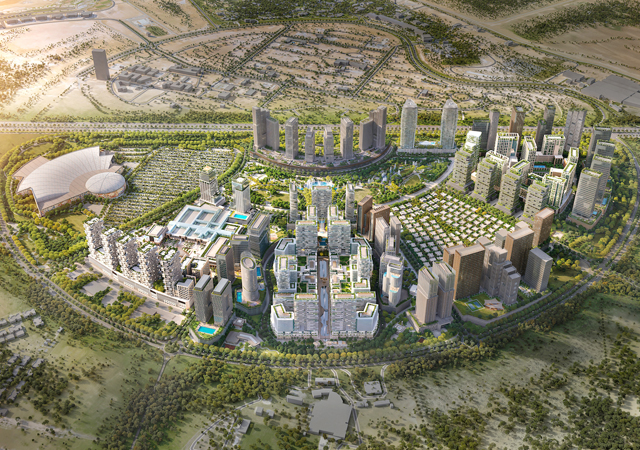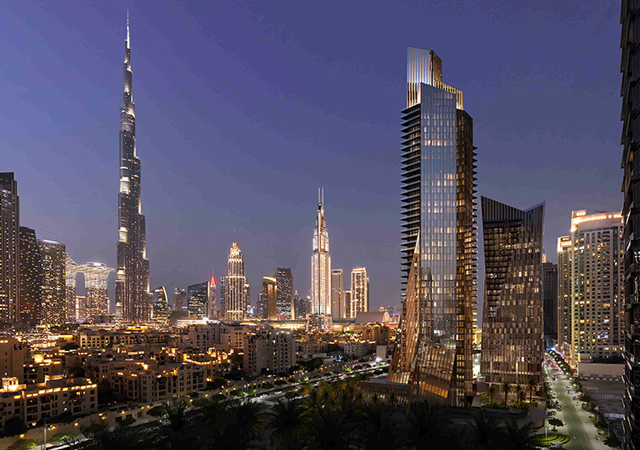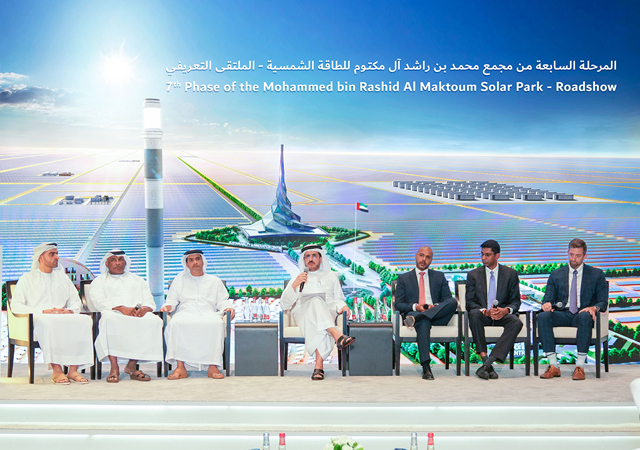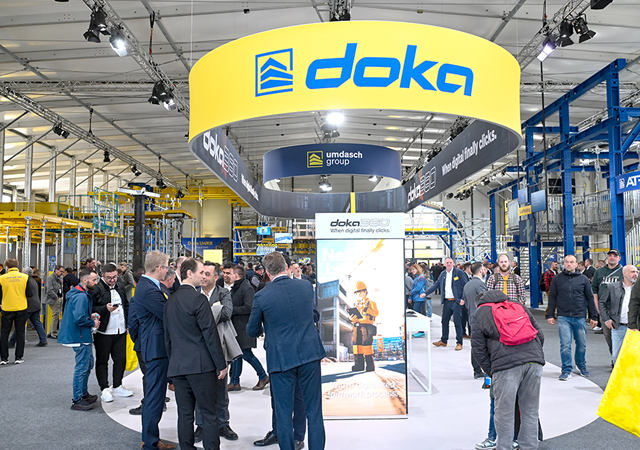
 The GS 3384 RT ... self-propelled scissor lift.
The GS 3384 RT ... self-propelled scissor lift.
Choosing the right lift for a particular application – whether it should be a scissor lift, articulating boom or a telescopic boom – is of vital importance to ensure that operators can maximise their productivity on the jobsite.
However, given the vast range of access platforms available on the market today, how does one select the right lift solution for his particular requirements?
Scissor lifts
Scissor lifts are designed for use primarily on firm, level surfaces to access areas directly overhead. They utilise a lifting mechanism consisting of a stack of crossed tubes that work in a scissor-like fashion when the platform is raised or lowered.
Customers often prefer scissor lifts because they feature big work decks and the ability to lift heavier loads. Greater lift capacities allow the operator to carry larger and heavier combinations of tools and materials. Most scissor lifts also feature a platform extension that slides or rolls out at one end of the deck, providing an even larger work area, as well as a few feet of outreach. Generally, the larger the lift, the greater the deck size, lift capacity and extension capability.
Scissor lifts are available in a broad range of sizes, from 6.57 m to 18.15 m in height and 0.76 m to 2.29 m in width. Machine width is important because it affects the platform size and lift capacity. Most manufacturers assign model numbers to the lifts that help identify the platform height and machine width. For example, the platform height of a Genie GS-1932 is 19 ft (5.8 m) and the chassis width is 32 inches (81.3 cm).
Electric scissor lifts are exceptionally mobile as these machines are made to fit easily through standard single or double doorways. Characterised by low noise levels, they’re productive and efficient, allowing maximum workspace for larger loads and more workers. The lifts come with non-marking, hard rubber tyres and have high steering angles that provide excellent manoeuvrability. Application examples include ventilation, air-conditioning and electrical works.
Rough-terrain scissor lifts are tough, construction-oriented, four-wheel drive machines with positive traction control – ideal for increasing productivity in demanding outdoor worksites. Lift speed and large platforms maximise efficiency with the handling and capacity needed to do the job faster while application areas include maintenance, installation and construction.
Articulating booms
For applications requiring more reach, the ever-growing range of articulating and telescopic booms is an excellent choice. Electric, bi-energy or engine-powered booms for indoor, outdoor or rough-terrain applications ensure there’s a boom lift for every job.
Aerial work platforms that utilise multiple boom sections that hinge or “articulate” are known as articulating booms. These machines may vary in height between 11.14 m and 43.15 m with a reach of 6.25 m to 21.26 m. Articulating boom models are often classified by platform height and horizontal reach. For instance, the nomenclature for the Genie Z-80/60 refers to a platform height of 80 ft (24.38 m) and a horizontal reach of 60 ft (18.28 m).
Articulating booms are used to access work areas over obstacles and barriers such as shelving or machinery. While they have less horizontal outreach than telescopic booms, they provide greater versatility with up-and-over positioning. This allows better access to overhead work from aisles and other congested areas. Most articulating booms are able to hold weight capacities up to 227 kg for easy lifting of two operators and tools.
Similar to scissor lifts, there are both industrial and rough-terrain articulating booms. Industrial models are intended for indoor operation and are usually equipped with non-marking tyres. Most articulated boom manufacturers use DC electric power or clean-burning fuels (LPG) in their industrial models. In addition to offering electric- and fuel-powered booms, Genie manufactures its Z-40/23N articulated boom with an AC drive system – a technology is common in industrial forklifts, but new to the aerial work platforms market. It combines DC batteries with three-phase AC drive motors for quiet, more energy-efficient operation and continuous control of drive speed, braking and turning. Like other Genie DC-powered booms, this drive system offers excellent machine control for maximum productivity with the added advantage of less drain on the batteries for extended life and longer intervals between charging.
Rough-terrain models are designed to negotiate rugged construction site terrain. Diesel engines and features such as lug-tread tyres, an oscillating axle and four-wheel drive are common on rough-terrain articulating booms.
Telescopic booms
Telescopic booms offer greater horizontal outreach than any other type of aerial platform – perfect for areas with limited access in construction and industrial applications. The reach of telescopic models may range from 9.65 m to 24.38 m with working heights of 14.20 m to 40.15 m. Telescopic boom nomenclature usually includes a reference to the boom’s platform height to help identify the machine’s capacity – for example, the Genie S-40 refers to the model’s platform height of 40 ft (12.20 m).
Telescopic booms are productive on the worksite because they provide the traction, torque and speed needed to get the job done. While the machines are large enough to reach higher, they’re still small enough to fit well in tight spaces. Rough-terrain models feature a full-time oscillating axle and a positive traction system to handle rugged jobsites. In addition, some models offer extendable axles that provide stability yet retract for easy transportation. Multiple diesel engine choices are also available.
Easy-to-use proportional controls allow precise positioning while multiple functions operate simultaneously to maximise lift speed. In addition, an out-and-up articulating jib boom provides extra horizontal reach and working range with common application areas including steel work, general construction, petrochemical plants and ship building.
Lift options
Having selected a lift, customising it will ensure that workers get the exact machine they need for projects.
Lifts have multiple platform options, beginning with the size of platform with steel platforms ranging in size from 1.22 m to 2.44 m. Many platform accessories including an auxiliary top railing, control box cover, fluorescent tube caddy, welder leads, half-height mesh, work lights and a tool tray, also help in customising the lift for its designated use.
Operators may also choose the appropriate power options for their lift. They may wish to add a hydraulic or belt-driven generator that will supply power to the platform for tool operation without the need for an outside power source or extension cord. An inverter allows the operator to utilise a variety of power tools on the platform while elevated. Other power system options include a battery charge indicator, second battery, mufflers, as well as hydraulic oil cooler and arctic hydraulic oil.
Operators should also choose the right tyre for their application. Air-filled tyres work on rough-terrain and industrial surfaces. They have high flotation and are sealant-treated. Foam-filled tyres are also usable in rough-terrain and industrial environments. Non-marking tyres are best for indoor industrial applications.
With all of the available models and options, operators should have no problem finding the lift that fits their needs and helps them reach new heights – on the jobsite and in their business.
* Since its establishment in 1966 with the introduction of the Genie hoist, a portable, pneumatic material lift, Genie Industries – a subsidiary of Terex Corporation – has grown in stature to become globally recognised for its material lifts and aerial work platforms. Headquartered in Redmond, Washington in the US, the company remains at the forefront of innovative design and quality production with its access equipment being widely used on construction and industrial sites around the world.


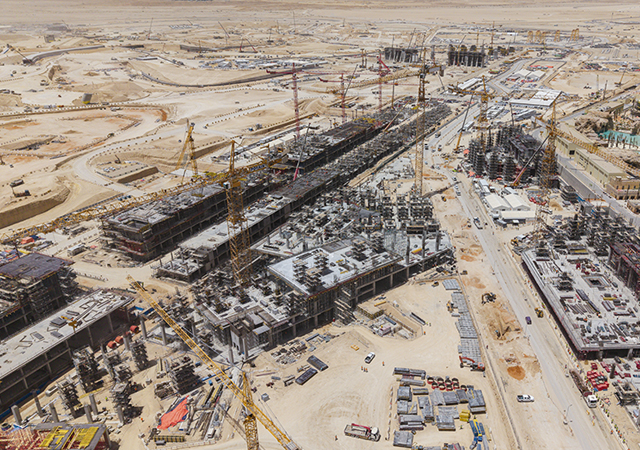
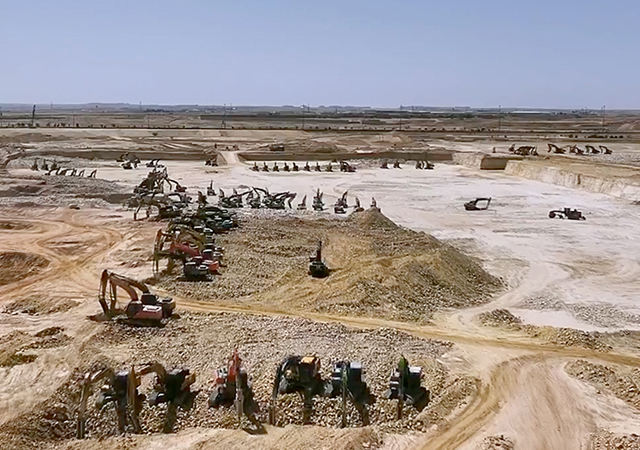
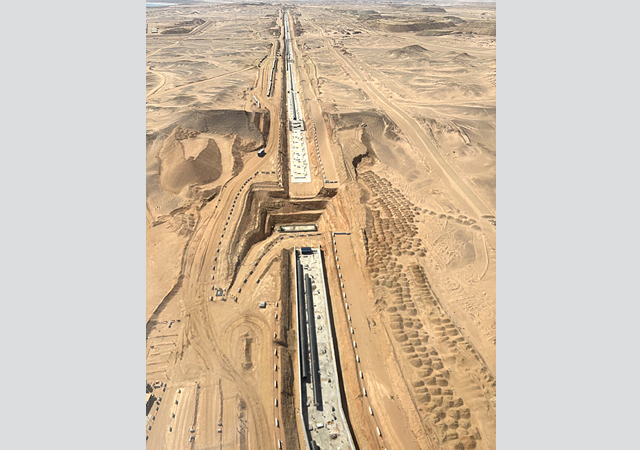

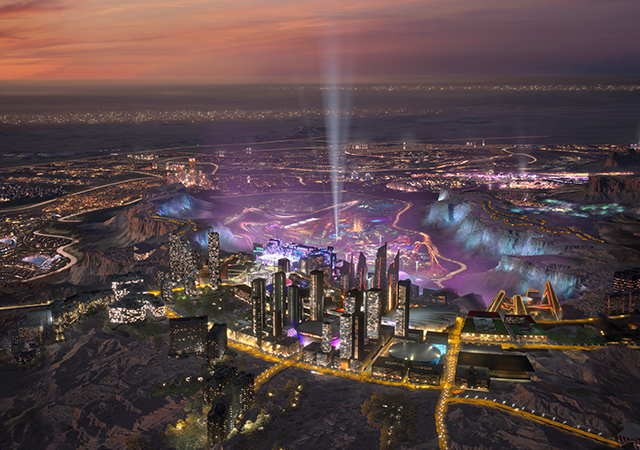



 BIG.jpg)
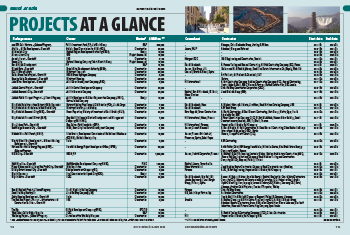
.jpg)
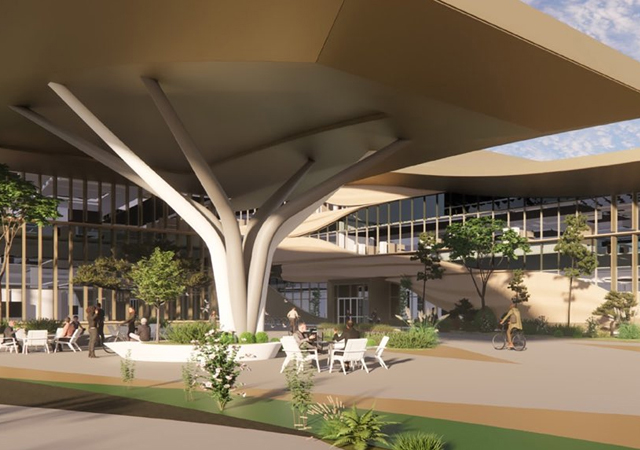

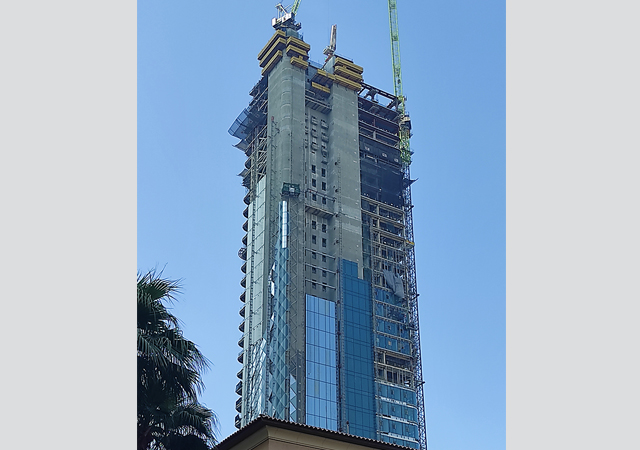
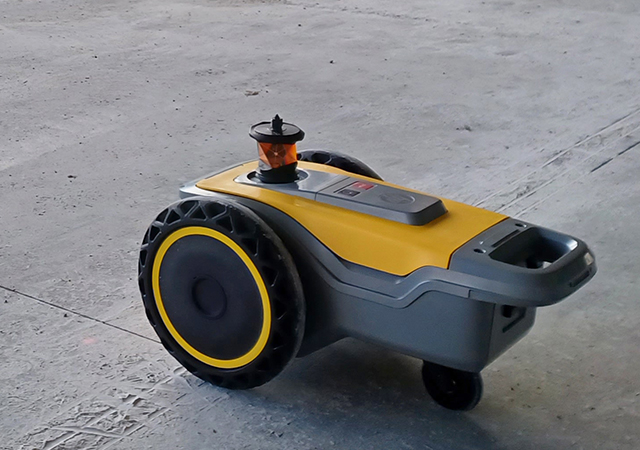
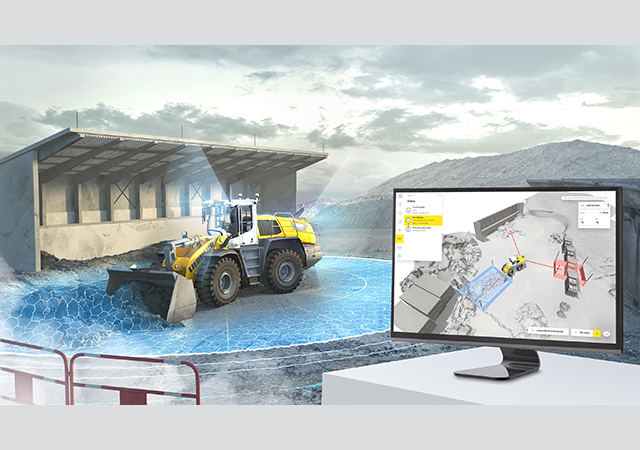
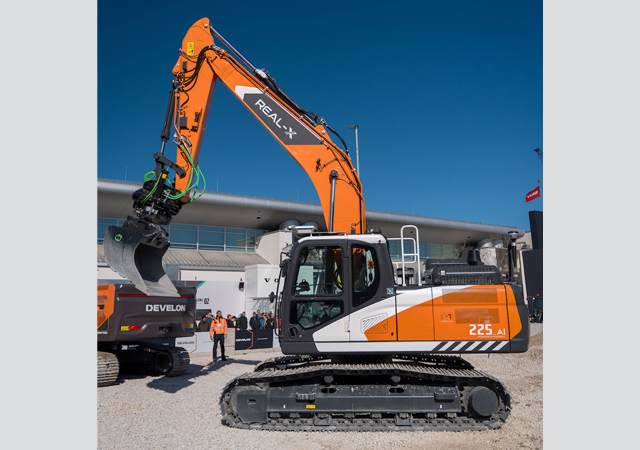
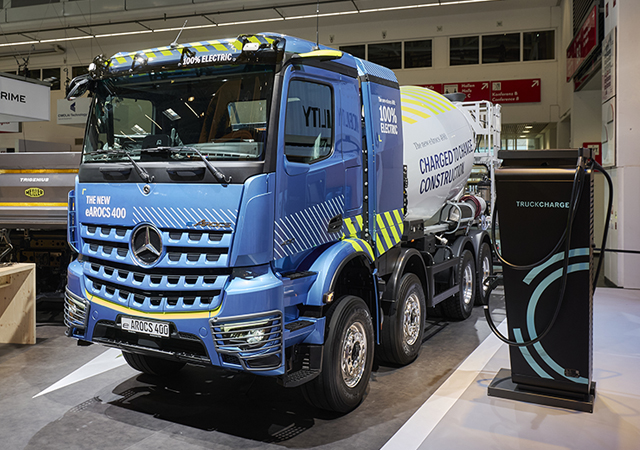

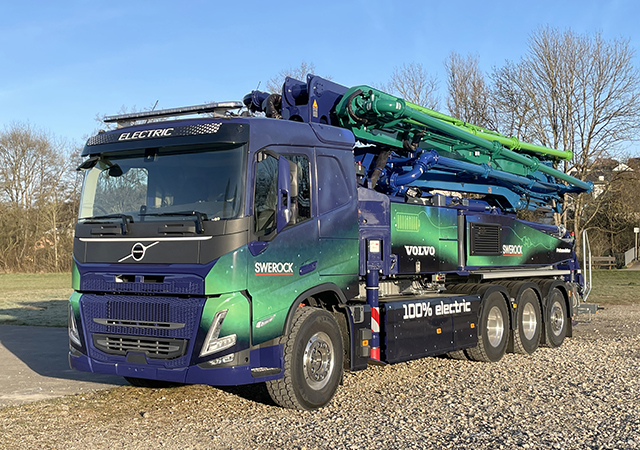
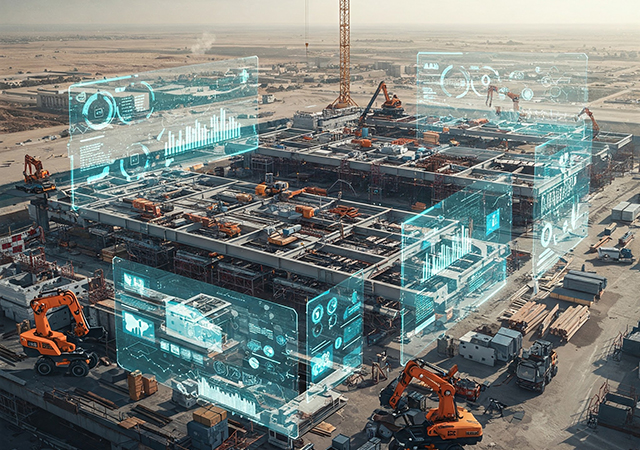
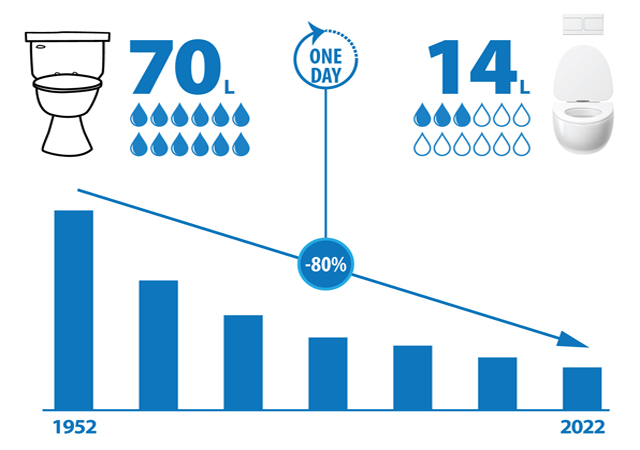


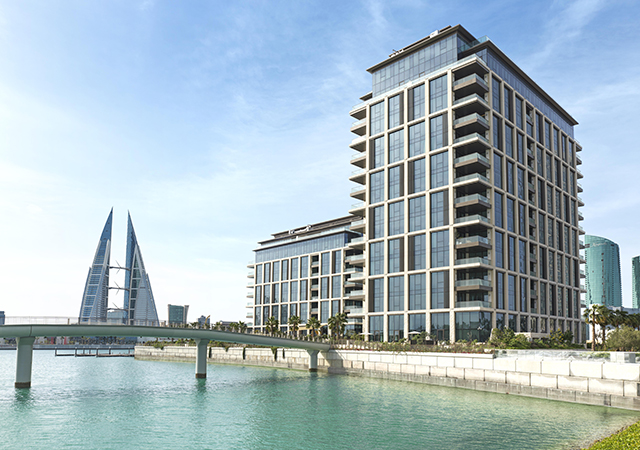
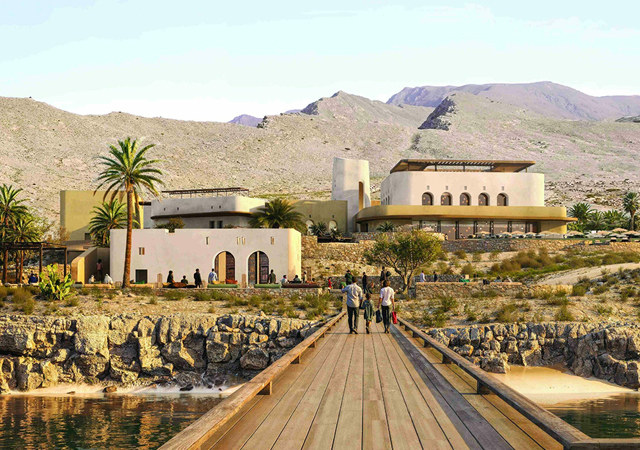



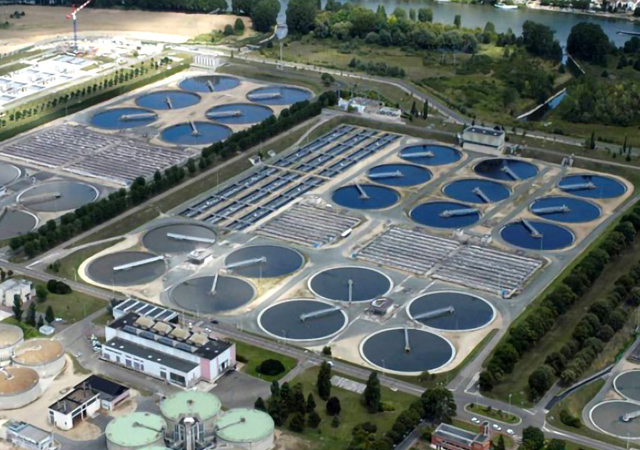


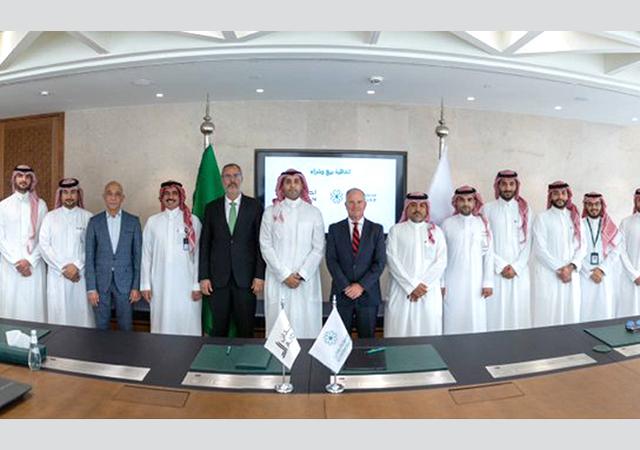
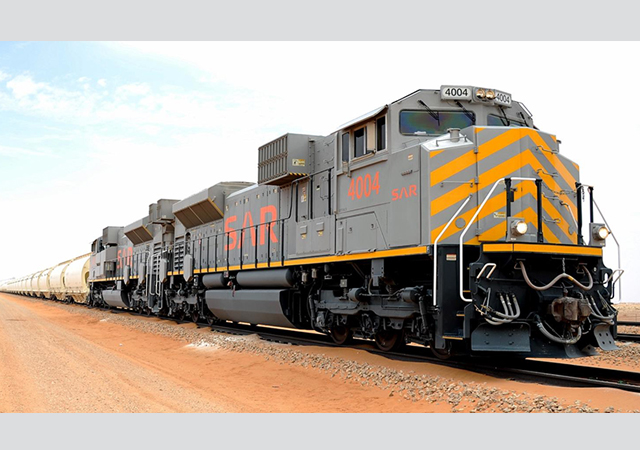
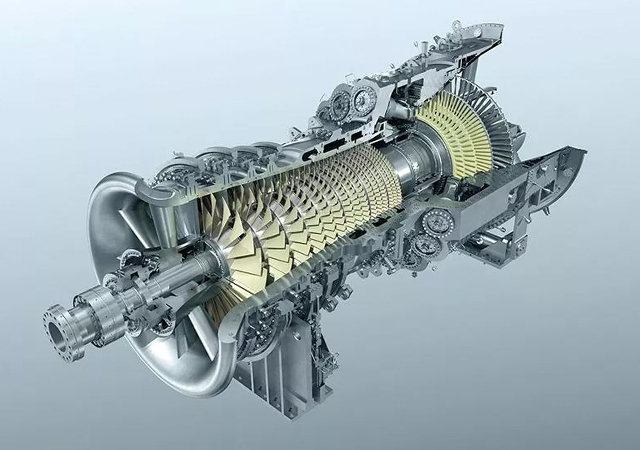

.jpg)
